Cars
The Ferrari F8 Spider Is A Thing Of Beauty
Ferrari has unveiled the F8 Spider, the new generation drop-top sports car equipped with the most successful mid-rear-mounted V8 in history.
The Ferrari F8 Spider was designed in parallel with the F8 Tributo berlinetta and features the Prancing Horse’s compact and efficient RHT (Retractable Hard Top) which influences the lines of a model that leads its category.
The F8 Spider is the latest addition to an exclusive and prestigious bloodline of open-top V8 cars begun with the 308 GTS in 1977. It is less extreme than the 488 Pista Spider, but sportier than the 488 Spider which it replaces in the range.
Consequently, the F8 Spider sets a new benchmark for the “en plein air” sports car in terms of usable performance and exceptional handling, providing an incredibly rewarding driving experience. In fact, it excels in merging handling dynamics with surprising in-car comfort. This Ferrari spider thus combines the characteristics of the most lauded 8-cylinder engine in history with unparalleled driving pleasure.
The V8 has raised the performance bar to unprecedented new heights, not only for turbo engines but power units of all types. The engine is a development of the V8 that won the “International Engine of the Year Award” for four consecutive years (2016, 2017, 2018 and 2019) and that was also selected as the best engine of the last two decades. An incredible feat unmatched in the history of the Awards.
The F8 Spider’s greatest achievement is the fact that it unleashes its power instantaneously with zero turbo lag, whilst retaining this V8’s unique and very special soundtrack. This astonishing performance and the car’s disarmingly effortless handling were made possible by integrating a series of innovative, track-derived aero solutions into its design.
The mission of every new model produced by Maranello is to introduce new design features and outperform its predecessors on all fronts. The challenge the engineers and designers always face is to push their own creative limits and the boundaries of technology by introducing new, leading-edge solutions and setting new levels of excellence. This is something they have done to brilliant effect once again with this new model.
The F8 Spider replaces the 488 Spider and improves on all aspects of its specifications: aside from the fact that its engine delivers an extra 50 cv, the new Ferrari is 20 kg lighter than its predecessor. It weighs just 20 kg more than the more extreme 488 Pista Spider. The F8 Spider is significantly more aerodynamically efficient, too and features the new 6.1 version of the Side Slip Angle Control system.
ENGINE
In the automotive world, Ferrari’s V8 engine is seen as the very epitome of sportiness and driving pleasure. This is particularly the case when it is mid-rear-mounted in a two-seater. Ferrari has been honing the scope of this architecture to perfection for over four decades as it optimally balances weight for perfect handling dynamics.
The V8’s technical specifications are truly exceptional. The 3902 cc unit unleashes 720 cv at 8,000 rpm and also has an impressive specific power output of 185 cv/l. Its maximum torque is now higher at all engine speeds, peaking at 770 Nm at 3,250 rpm.
Today, Ferrari V8s incorporate solutions so refined they are effectively masterpieces of engineering. This power unit in particular further enhances the typical traits of all Maranello engines with smoothly progressive, limitless acceleration and zero turbo lag, combined with a unique soundtrack courtesy of a new exhaust system.
The new car offers drivers pure emotions. Instantaneously accessible power is matched by exceptional handling thanks to advanced vehicle dynamics solutions. These include a new version of the Ferrari Dynamic Enhancer (FDE+) which can now be activated in the manettino’s RACE position, a move designed to make performance on the limit easier to reach and control.
To achieve the 50 cv increase in power compared to the 488 Spider, the new intake line is derived directly from the 488 Challenge. In the F8 Spider, the air intakes have been moved from the flanks to the rear where they are located on either side of the blown spoiler and are directly connected to the intake plenums. This drastically reduces losses and ensures greater air flow to the engine, thereby increasing the power. The air flow also benefits from increased dynamic pressure created by the shape of the rear spoiler.
Adaptive Performance Launch analyses grip as the car accelerates and then uses electronic controls to optimize the torque delivered to suit the road’s grip level, reducing wheel slip to a minimum which, in turn, maximizes acceleration.
The rev limiter’s “Wall Effect” strategy is another leap forward in terms of extreme engine performance. Rather than gradually limiting the revs towards the limit, it cuts off right at the 8,000 rpm red-line, maximizing the amount of power available in power-on dynamic driving situations and consequently improving lap times.
Adopted once again on this model is the hugely successful Ferrari Variable Torque Management strategy for all gears. To adapt it to the car’s extreme sporty spirit, all of the torque curves were redesigned to deliver a feeling of consistently smooth, powerful acceleration all the way to the red line. Maximum torque is 10 Nm higher than on the 488 Spider and is available even at lower engine speeds.
The F8 Spider’s engine also inherits highly efficient weight-reduction solutions from the 488 Pista which have cut the power unit’s weight by 18 kg compared to that of the 488 Spider. Reducing the weight of rotating and non-static masses, such as the titanium con-rods, crankshaft and flywheel, allows engine speed to rise very rapidly, so much so that the driver can see the rev counter needle flying, particularly in rapid transitions, such as gear shifting and scorching low-gear acceleration, making the car feel even sportier still. These reductions in the weight of the rotating masses yield a 17% reduction in inertia.
Inconel exhaust manifolds derived from the 488 Challenge alone contribute 9.7 kg to the lighter engine weight. The exhaust layout has been extensively modified across the board from the turbos to the tail pipes to produce a sound absolutely unique to this particular car. The result is an unmistakable engine timbre that is superior in terms of both the intensity and quality of the sound. The exhaust line also features a new Gasoline Particulate Filter (GPF) to comply with new homologation requirements.
DESIGN
Designed by the Ferrari Styling Centre, the F8 Spider continues the direction embarked upon with the F8 Tributo which acted as a bridge to a new design language that will continue to emphasize Ferrari’s key characteristics of high performance and extreme aerodynamic efficiency.
When designing a spider, the choice of the top will always play a fundamental role in the car’s overall look. For some years now, Ferrari has been adopting a hard top because of the comfort it provides. As a result, the design of the F8 Spider’s lines was crafted around its RHT (Retractable Hard Top).
The key to the whole design was the shifting of the separation line between the car’s body and the roof from its conventional position at the belt-line (occupant shoulder level) to above the B-pillar. The top itself is thus more compact and two-dimensional, with the result that it can be divided into two parts and stowed on top of the engine.
The RHT takes just 14 seconds to deploy or retract and can be closed or opened while the car is on the move up to 45 km/h.
EXTERIOR
The goal the Ferrari Styling Centre set with the F8 Spider was to design a stylistic tribute to the Ferrari V8 engine, by evolving the contents of the F8 Tributo and taking inspiration from the most iconic mid-rear-engined V8 sports cars in Ferrari history. The result is a car with a strong personality of its own through an even sportier design clearly inspired by the car’s advanced aerodynamics.
The front view of the car is characterised by the S-Duct around which the entire front end has been redesigned to highlight the extensive aerodynamic modifications made to this area of the car. The clearest example is new, more compact, horizontal LED headlights.
The rear spoiler has been entirely redesigned. It is now larger and wraps around the tail lights, visually lowering the car’s center of gravity and allowing a return to the classic twin light cluster and body-colored tail, another styling cue from the early 8-cylinder berlinettas like the very first in the legendary series, the 308 GTB.
The treatment of the engine cover is one of the F8 Spider’s most distinctive characteristics. The manta-like look of the cover is created by a central spine that starts from the rear screen and disappears under the wing of the blown spoiler, following the air flows themselves.
The two wings that emerge from the central volume meld harmoniously with the bodywork, lending a sense of visual continuity from all angles. These wing elements are suspended creating an air vent below them which helps improve dissipation of the heat coming off the engine. The three sculpted strakes on the side elements of the engine cover also make their own contribution to this, in addition to referencing the iconic styling of the rear screen of the coupé version. The strakes are finished in black to reduce weight low and to lend a sense of visual clarity to the design.
The crests that emerge from the prominent volumes of the tonneau cover fins flow sinuously rearwards and into the spoiler in an interpretation of the F1 “swan neck” (the pillars supporting the rear wings) which, in turn, enhances the already-powerfully sporty personality of the car.
COCKPIT
The F8 Spider’s cockpit retains the classic, driver-oriented look typical of Ferrari’s mid-rear-engined berlinettas. A concept that creates a symbiotic relationship between driver and car, very much as happens in F1, with all controls mounted on the new generation steering wheel. The sporty seats are also new.
The dash incorporates an aluminum sail panel supporting the central satellite and continuing into the dash itself. Also to create a sense of visual lightness, a sliver of carbon fibre divides the upper and lower parts, streamlining the whole look. This section also incorporates the optional 7” touchscreen passenger-side display and the dash is completed by the classic instrument cluster with its central rev-counter.
The tunnel is clearly separated from the dash and set beneath it, once again to enhance the sensation of lightness that the car’s interior exudes. It features a new bridge, a prominent sculptural creation that seems to float and thus further streamlines the cabin.
AERODYNAMICS
The F8 Spider has taken state-of-the-art aerodynamic solutions and innovations from Ferrari’s GT and Challenge racing experience, and molded them into the production mid-rear-engined drop-top that makes the highest level of performance accessible to drivers of all abilities.
In the F8 Spider, the position of the front radiators – which, unlike the 488 Spider, are rearward-angled – is beneficial in cooling terms but simultaneously shrinks the underbody surface area that can be used to generate downforce. Thus the geometry of the channels used to dissipate hot air had to be redesigned to ensure that maximum downforce was generated whilst cutting drag thanks to the positive interaction between the flows exiting the radiator and the front wheels. The result is a 10% improvement in the car’s overall efficiency compared to the 488 Spider.
VEHICLE DYNAMICS
Overall performance levels are significantly higher than those of the 488 Spider, thanks to the increase in power, weight reduction and improved aerodynamic coefficient. That performance is also now accessible to a larger number of drivers thanks to vehicle dynamics systems that make driving on the limit an easier and more confidence-inspiring experience. These include a steering wheel with a smaller-diameter rim and the introduction of the new Ferrari Dynamic Enhancer Plus into the integrated SSC concept, now in 6.1 guise.
To achieve their goal of making the car’s impressive performance easy to access and control, Ferrari’s engineers worked on integrating engine and aerodynamics performance with the latest iteration of the vehicle dynamics control systems. The Side Slip Control system, which improves drivers’ control on the limit for an even more engaging behind the wheel, has been further evolved. The transition from version 6.0 to 6.1 reflects the fact that the Ferrari Dynamic Enhancer system (FDE+) now also activates in the Race position of the manettino.
The FDE is a lateral dynamics control system that uses Ferrari software to adjust the brake pressure at the calipers. It debuted on the 488 Pista and was later adopted on the 488 Pista Spider. The F8 Tributo then featured the new FDE+ version with extended functionality which is now also being used on the F8 Spider. The control system, which is operational through and exiting corners (but not under braking), now also extends to low grip conditions and to the Race setting of the manettino.
No word on pricing just yet, but like they say, if you’ve gotta ask..

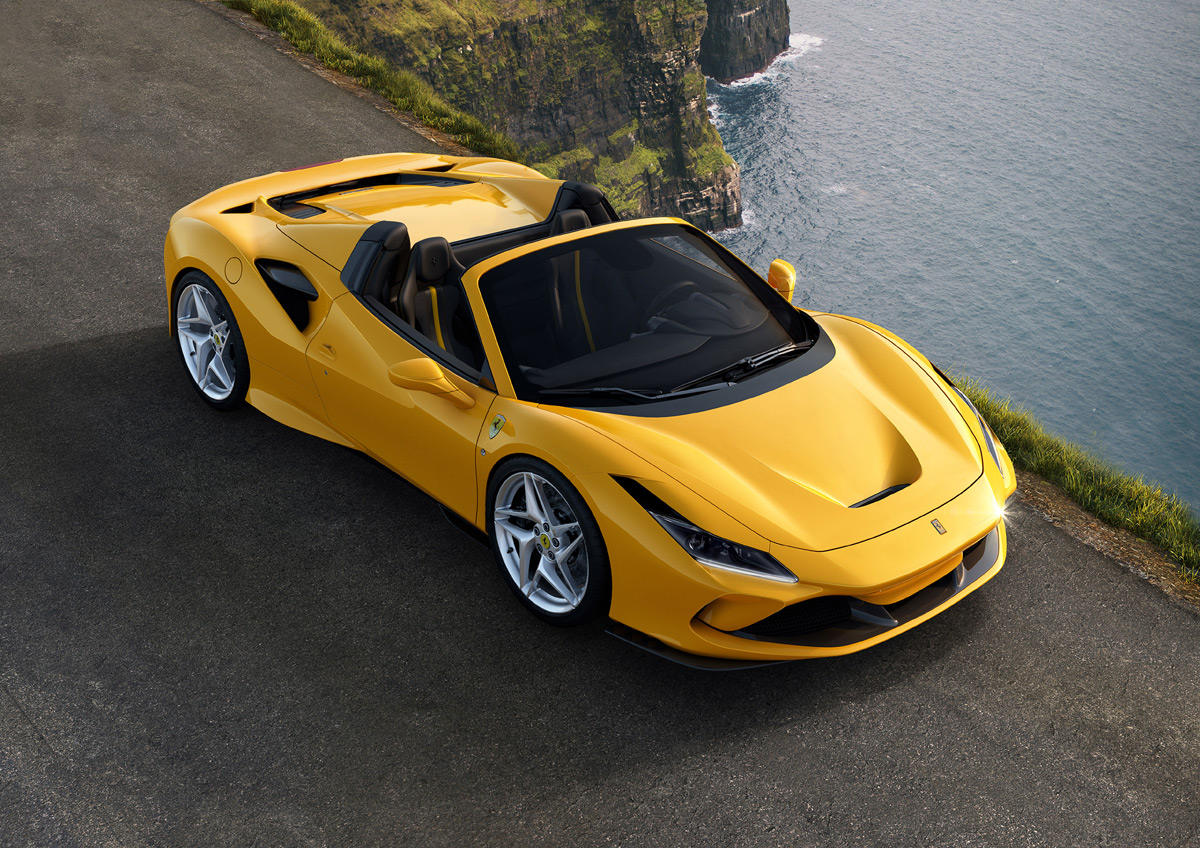
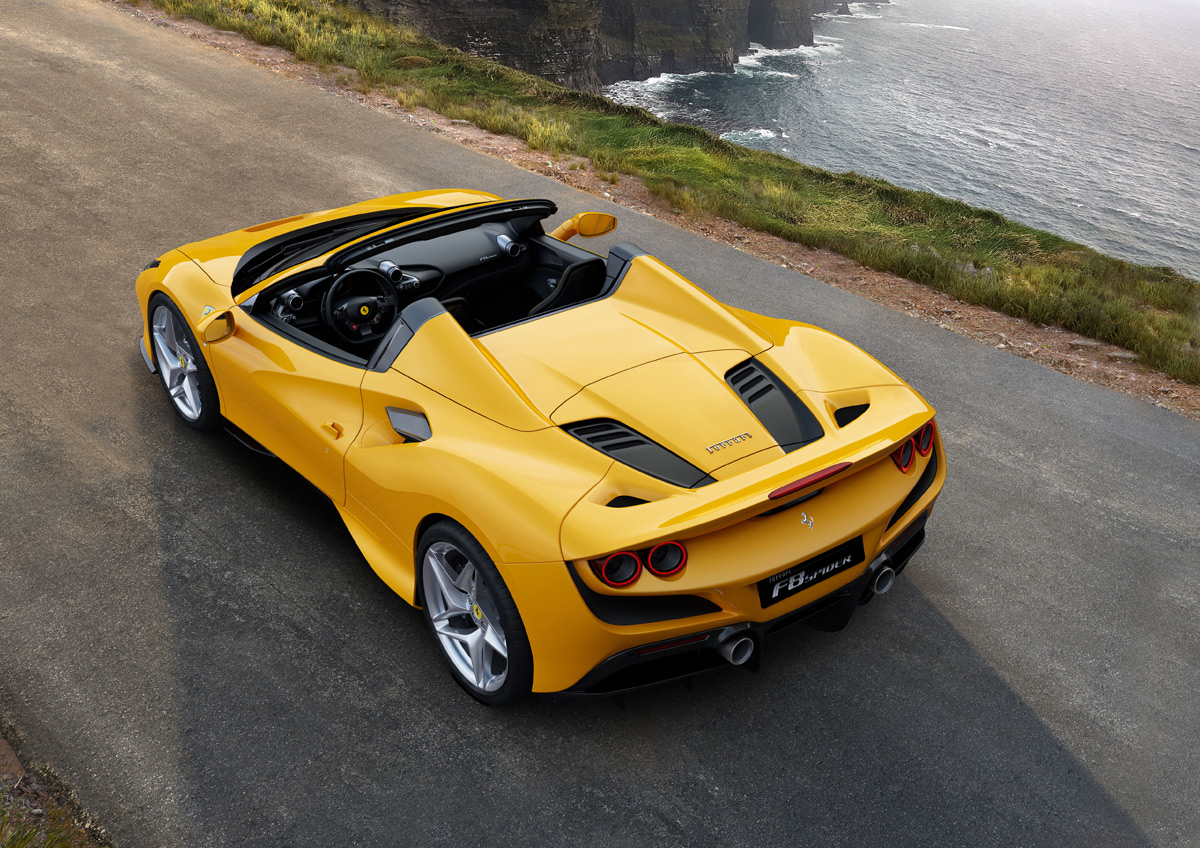
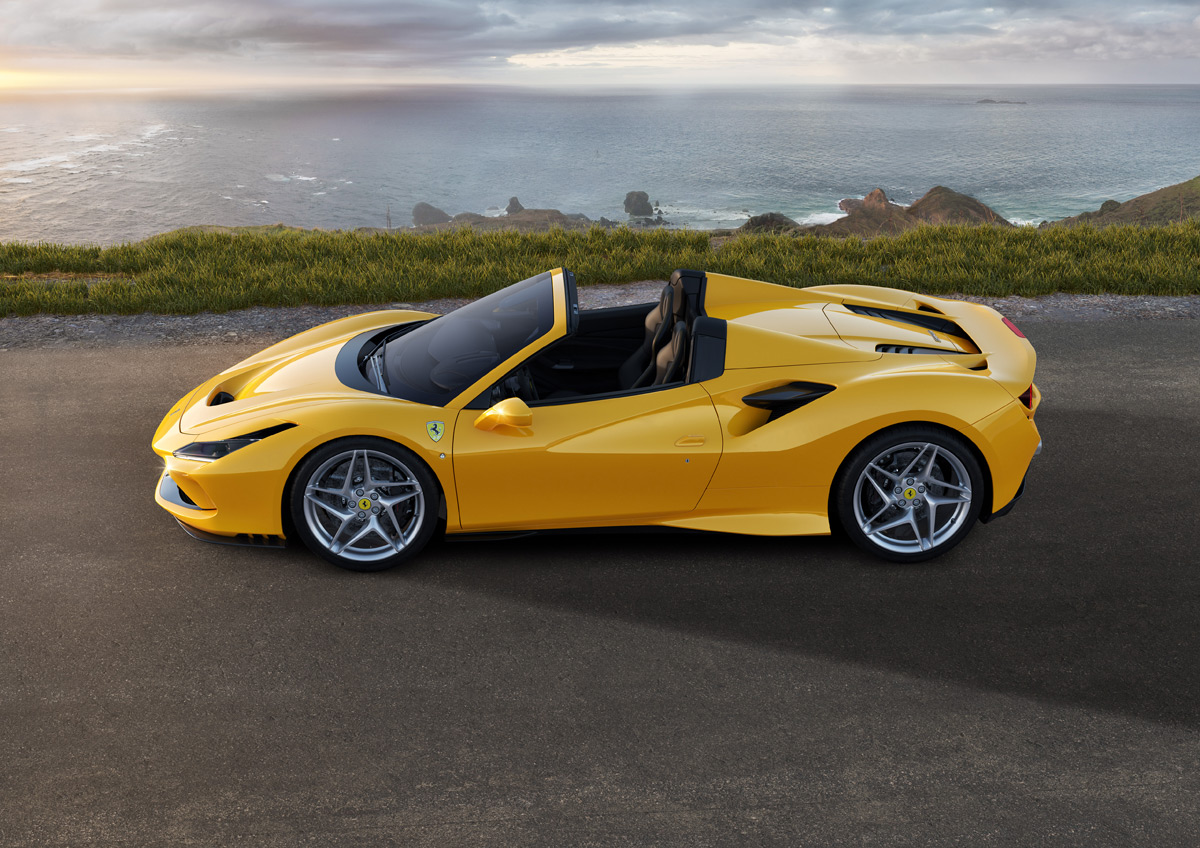
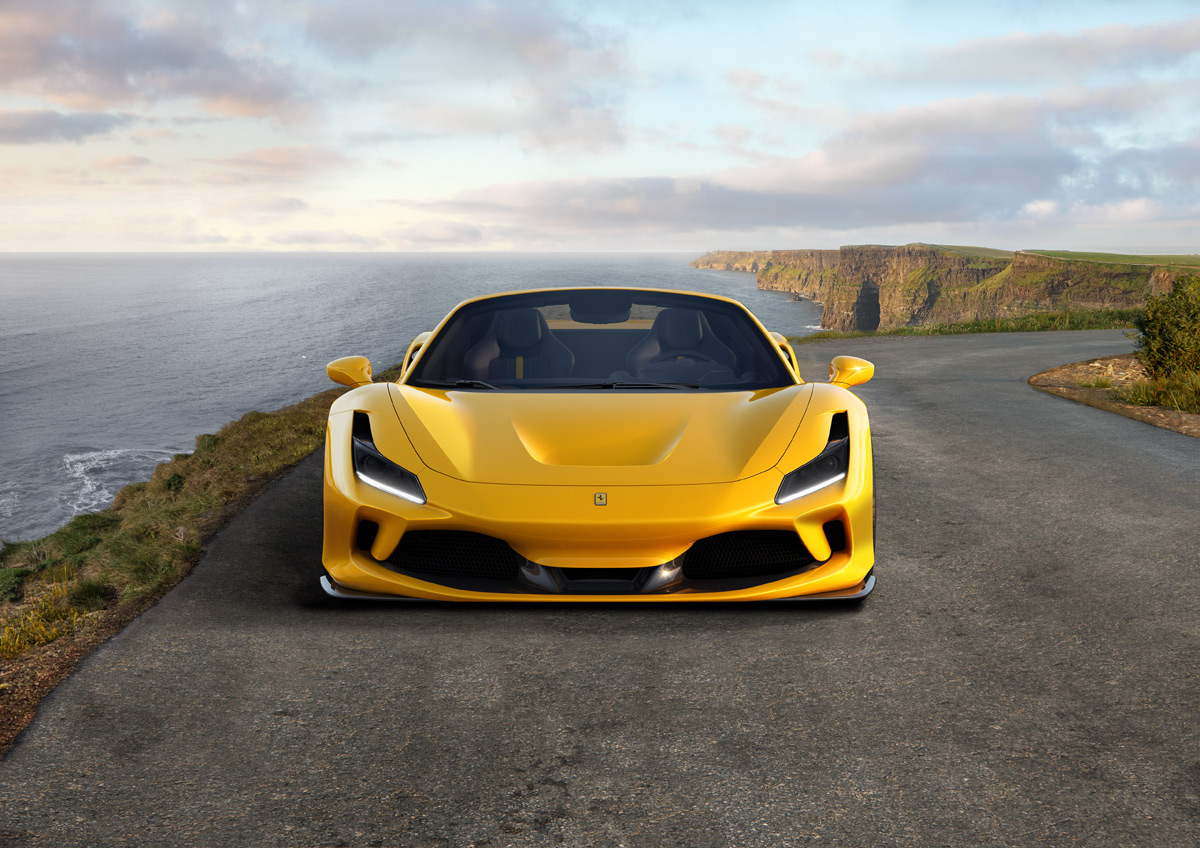
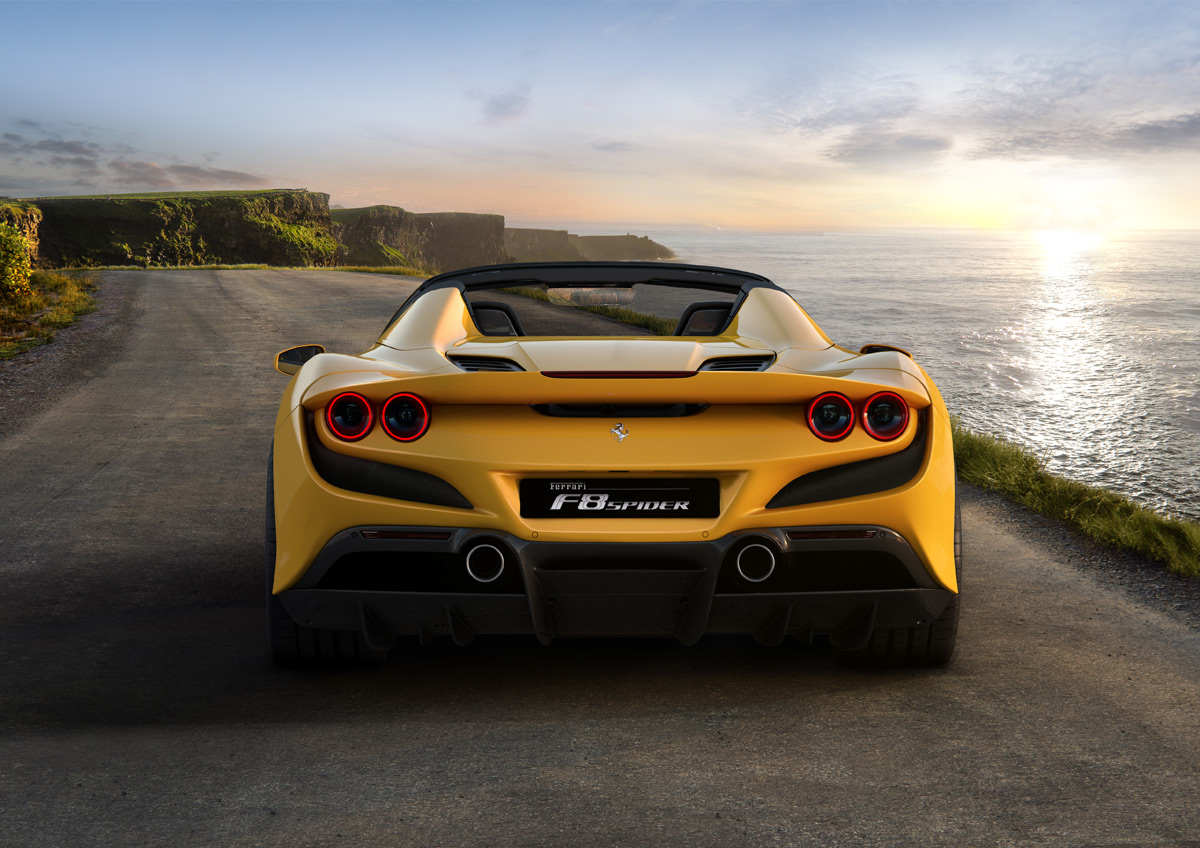
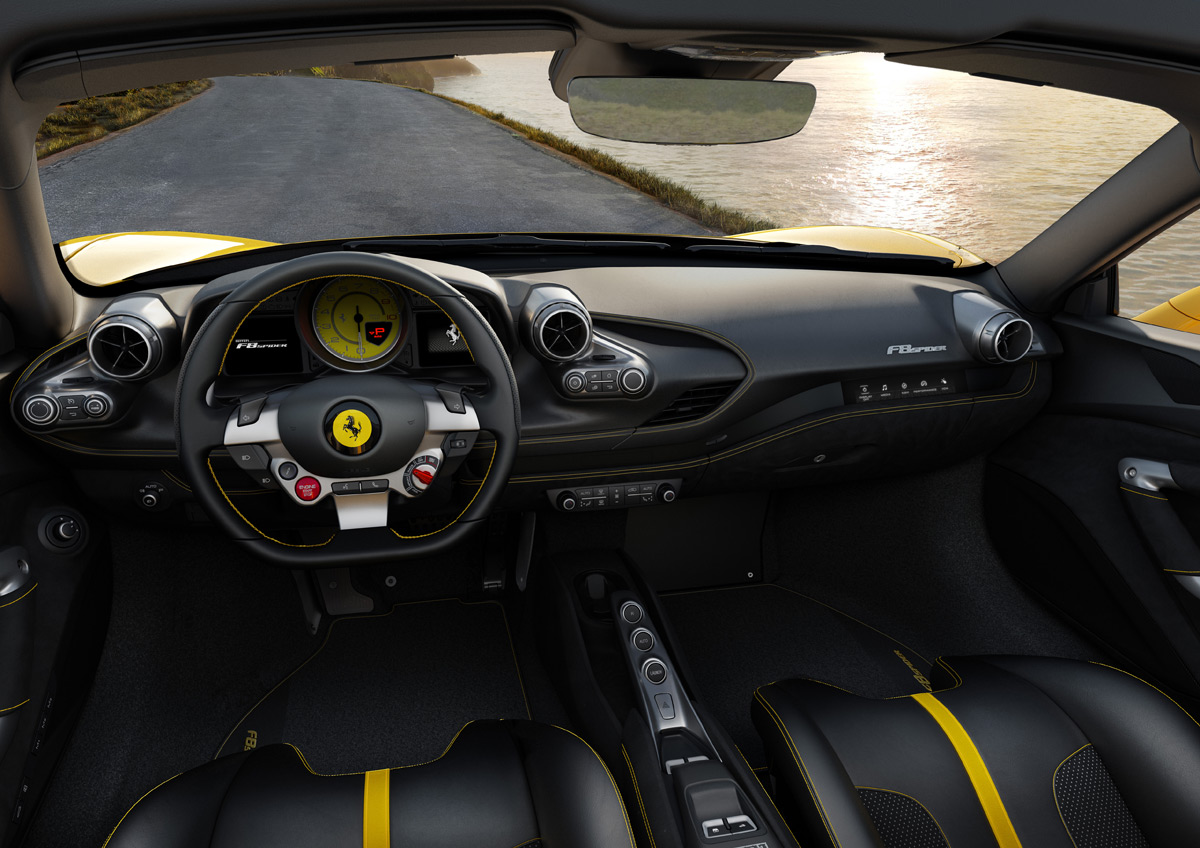
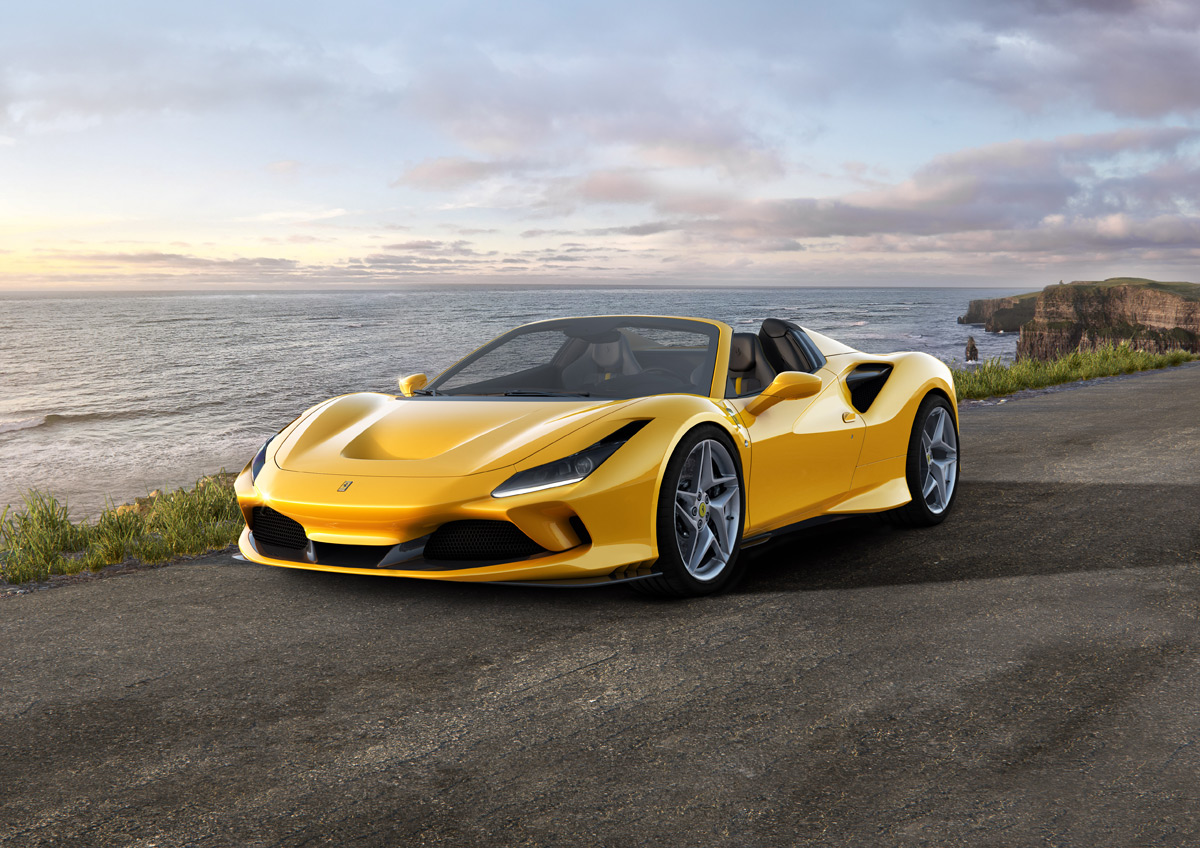

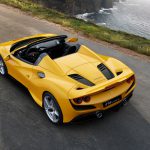

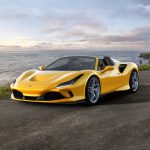


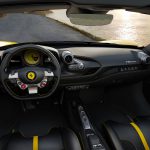
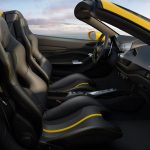
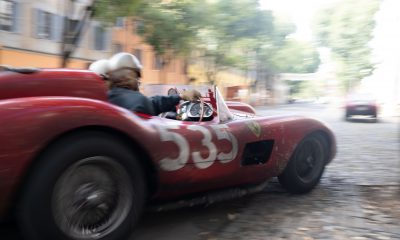

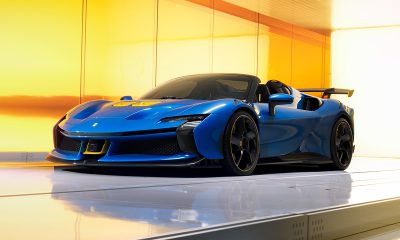

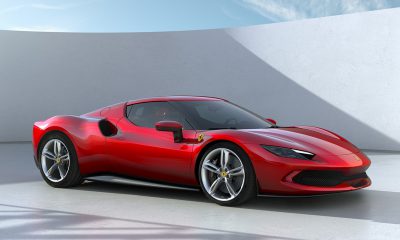

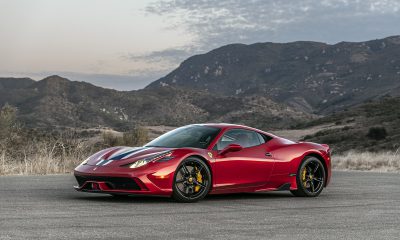

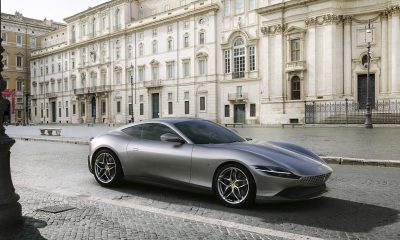

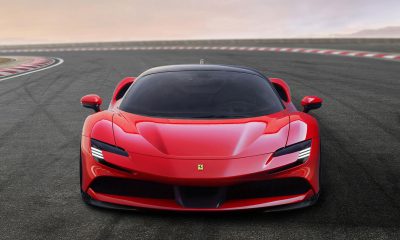
















Recent Comments